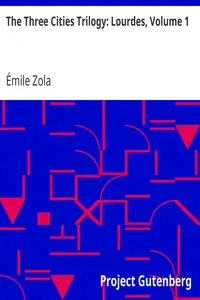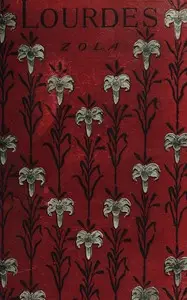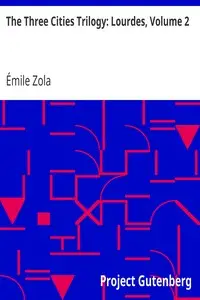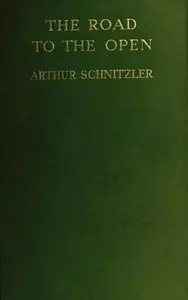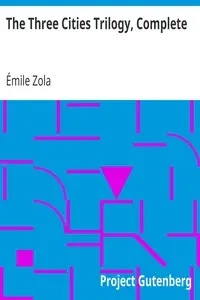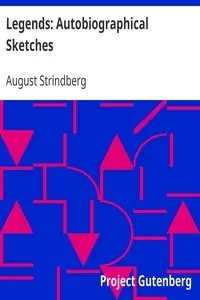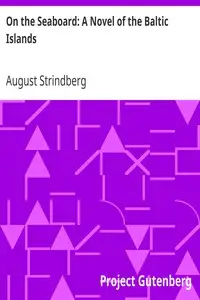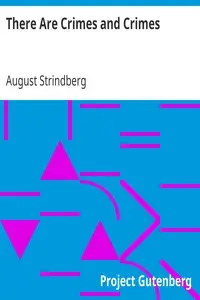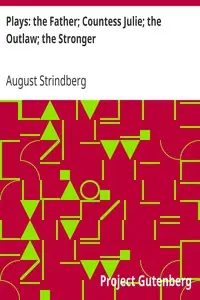"The Road to Damascus" by August Strindberg is a trilogy that looks at the emotional problems and deep struggles of its characters. The story looks at big ideas like changing beliefs, what is real, and the difficult ways people connect, mainly through the life of a writer called THE STRANGER, and how he deals with a puzzling LADY. At the start, THE STRANGER is talking to the LADY on a street corner, sharing how troubled he feels and dealing with being alone, fearing life, and thinking about his choices, like leaving his family. The quiet setting and a funeral march playing in the background make THE STRANGER's sad thoughts stronger. Their talk shows how complex they are together and how THE STRANGER struggles with his history, who he is, and what he believes, as he switches between feeling hopeless and finding comfort with the LADY, who might also be another part of his problems. The beginning sets the stage for a powerful journey through human pain and the hunt for meaning.
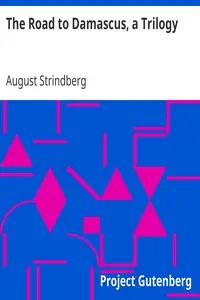
The Road to Damascus, a Trilogy
By August Strindberg
A troubled author's spiritual journey begins with a chance encounter at a street corner, sending him spiraling through love, loss, and the search for meaning in a seemingly meaningless world.
Summary
About the AuthorJohan August Strindberg was a Swedish playwright, novelist, poet, essayist, and painter. A prolific writer who often drew directly on his personal experience, Strindberg wrote more than 60 plays and more than 30 works of fiction, autobiography, history, cultural analysis, and politics during his career, which spanned four decades. A bold experimenter and iconoclast throughout his life, he explored a wide range of dramatic methods and purposes, from naturalistic tragedy, monodrama, and historical plays to his anticipations of expressionist and surrealist dramatic techniques. From his earliest work, Strindberg developed innovative forms of dramatic action, language, and visual composition. He is considered the "father" of modern Swedish literature and his The Red Room (1879) has frequently been described as the first modern Swedish novel. In Sweden, Strindberg is known as an essayist, painter, poet, and especially novelist and playwright, but in other countries he is known mostly as a playwright.
Johan August Strindberg was a Swedish playwright, novelist, poet, essayist, and painter. A prolific writer who often drew directly on his personal experience, Strindberg wrote more than 60 plays and more than 30 works of fiction, autobiography, history, cultural analysis, and politics during his career, which spanned four decades. A bold experimenter and iconoclast throughout his life, he explored a wide range of dramatic methods and purposes, from naturalistic tragedy, monodrama, and historical plays to his anticipations of expressionist and surrealist dramatic techniques. From his earliest work, Strindberg developed innovative forms of dramatic action, language, and visual composition. He is considered the "father" of modern Swedish literature and his The Red Room (1879) has frequently been described as the first modern Swedish novel. In Sweden, Strindberg is known as an essayist, painter, poet, and especially novelist and playwright, but in other countries he is known mostly as a playwright.

